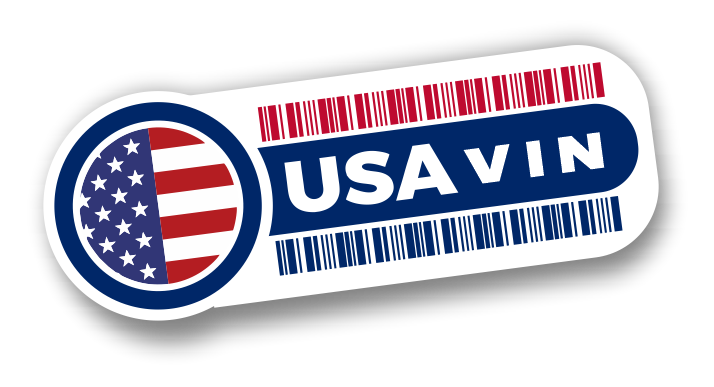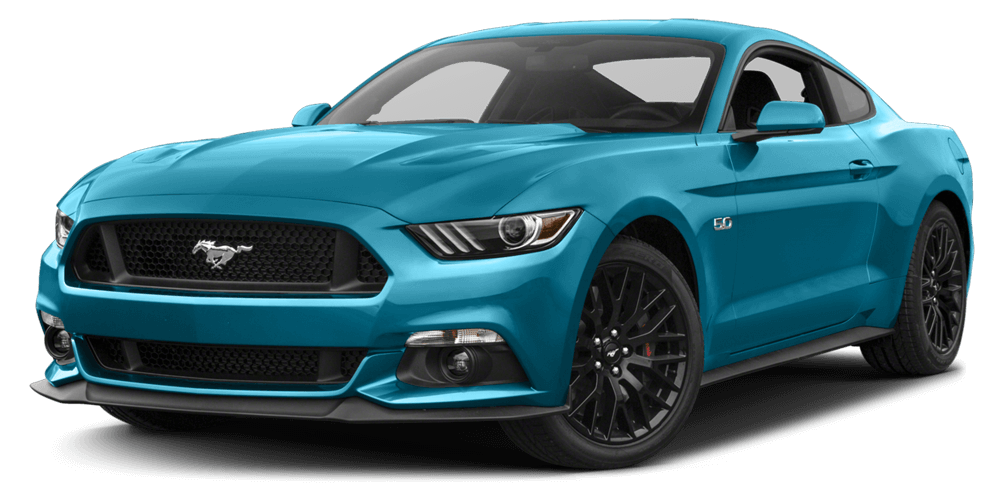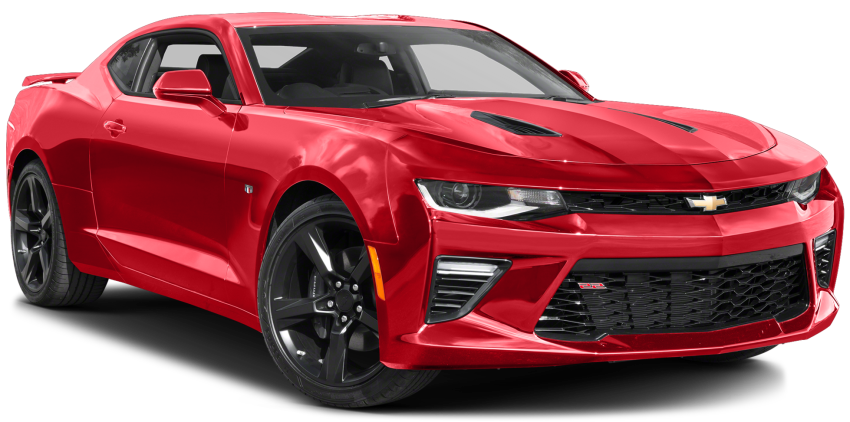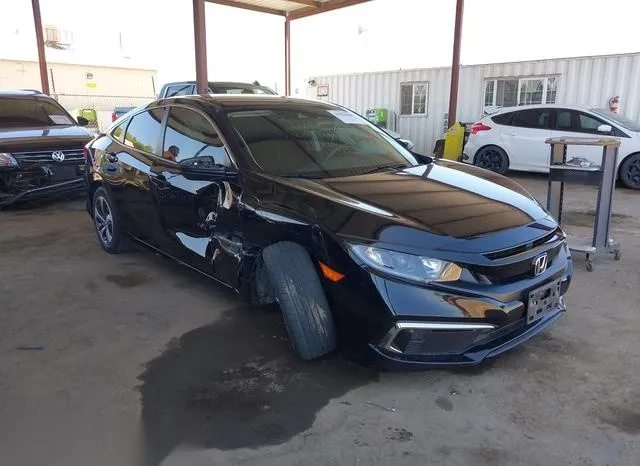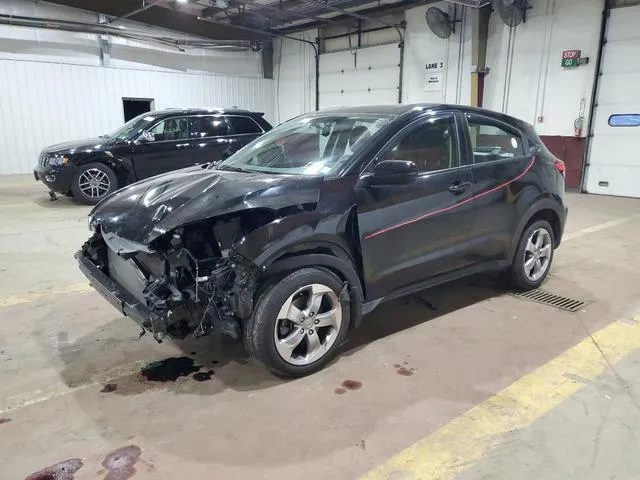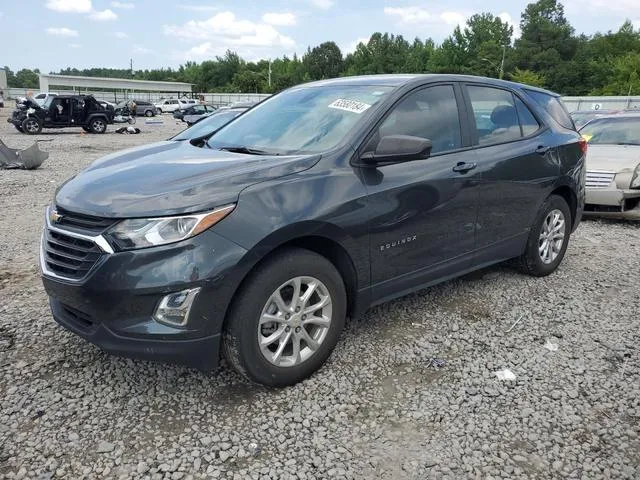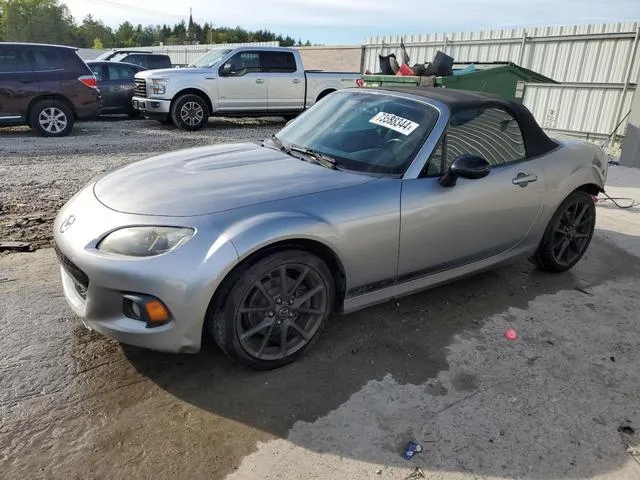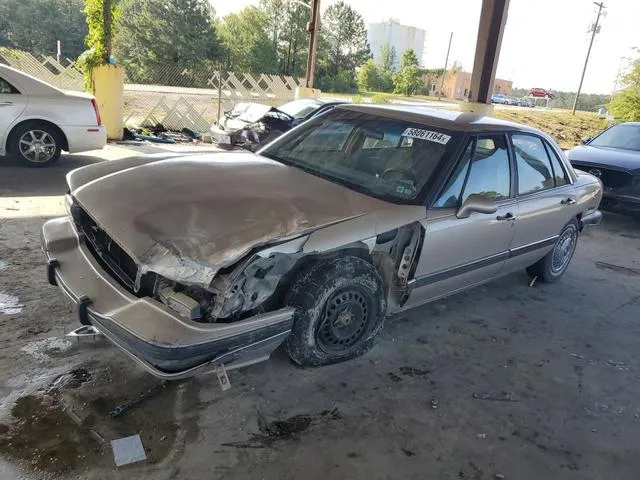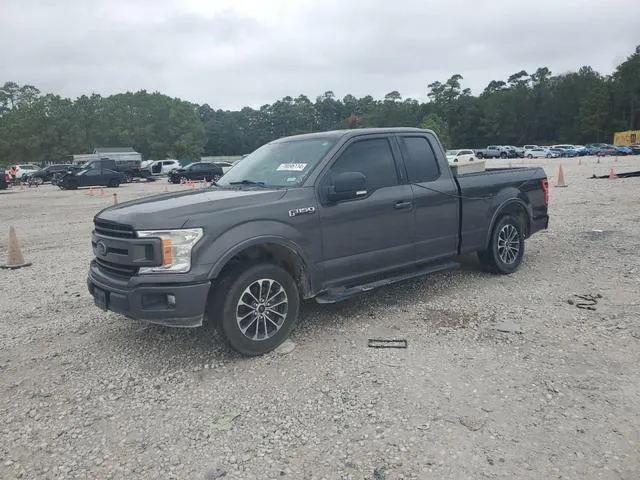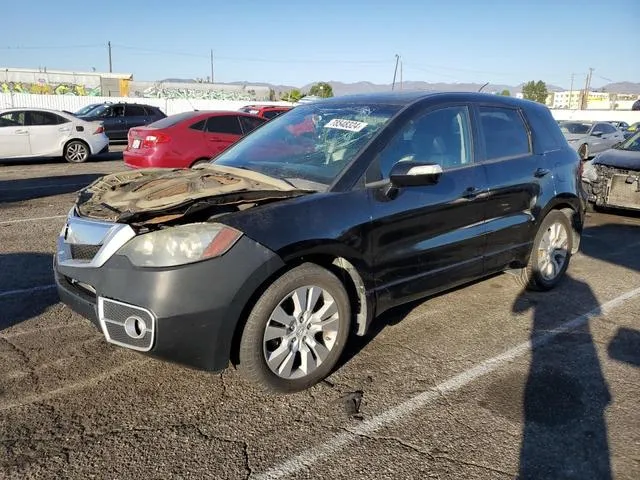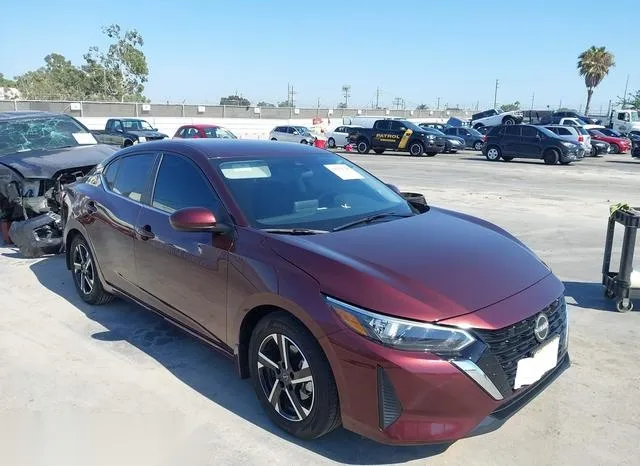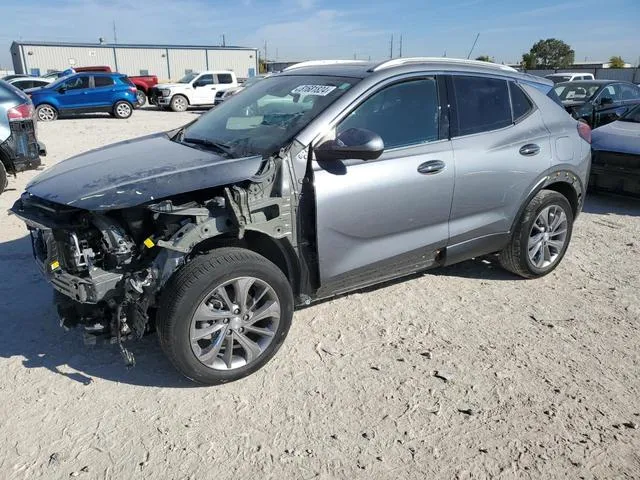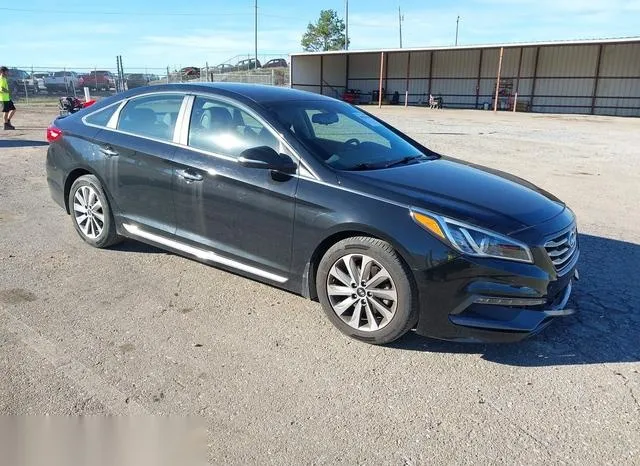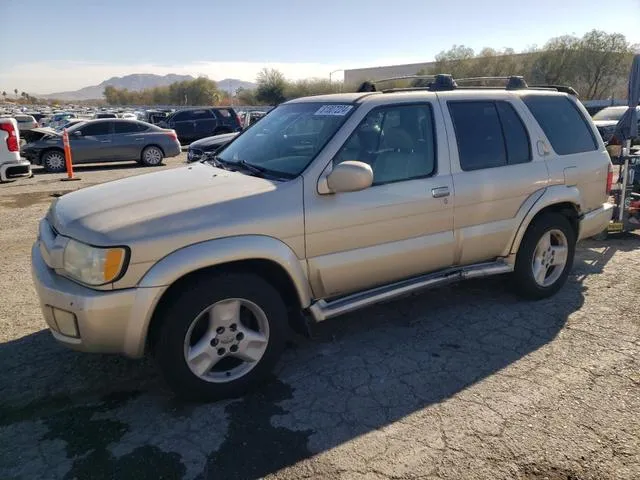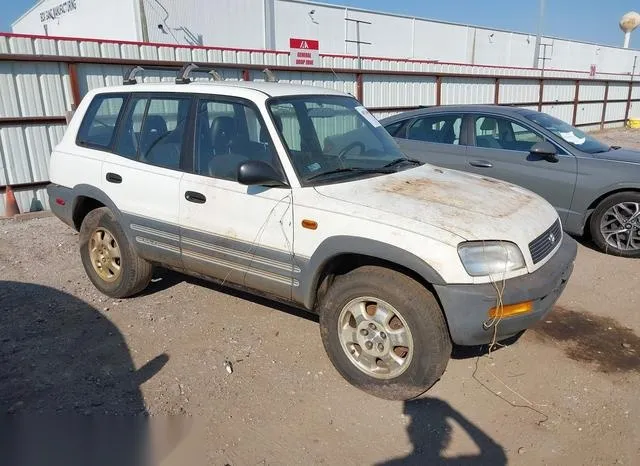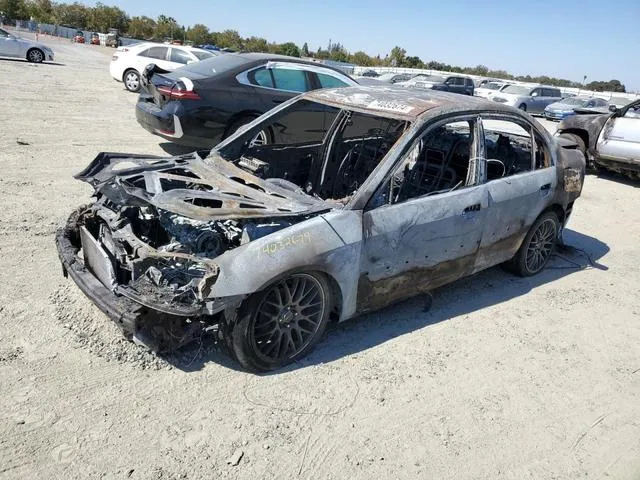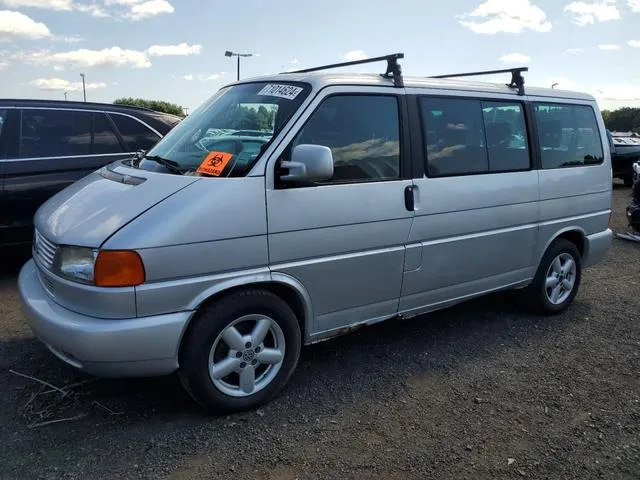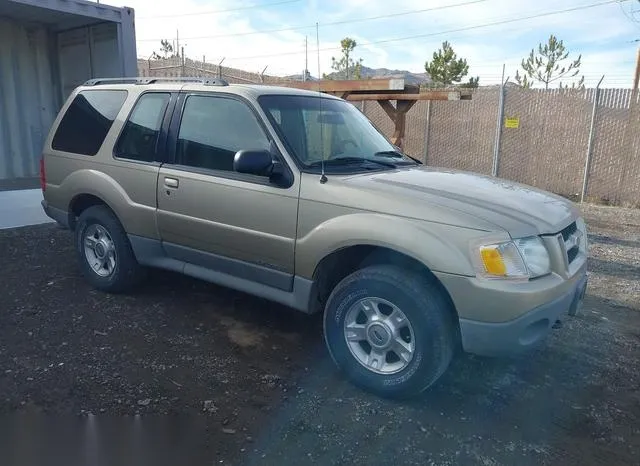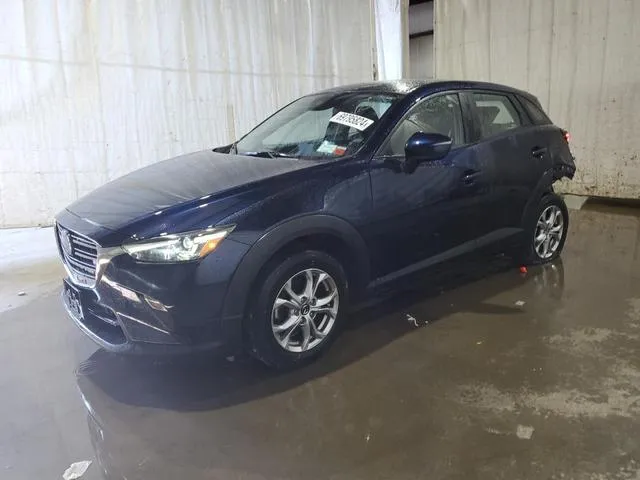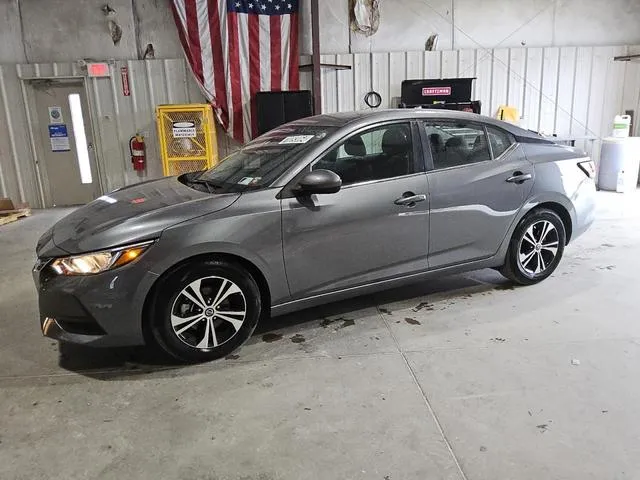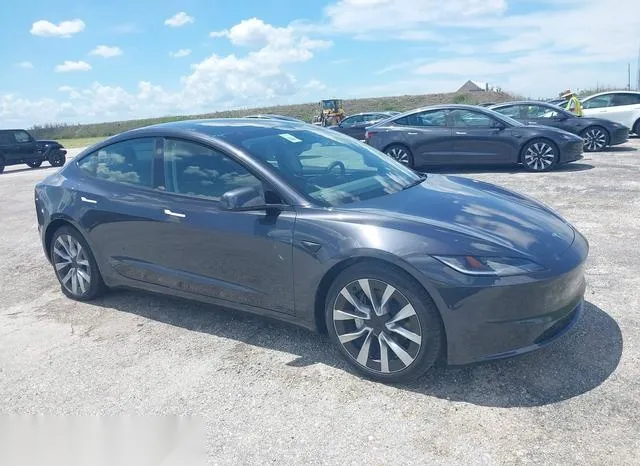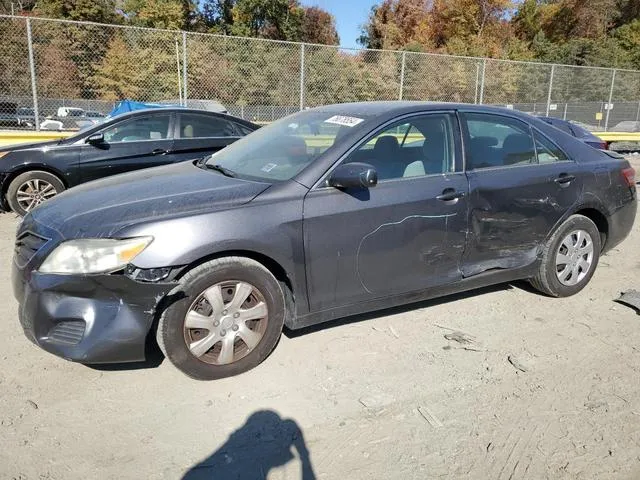The History of Daewoo and Its Car Models
Daewoo Motors, once a major player in the global automotive industry, originated in South Korea as part of the larger Daewoo Group conglomerate. Though the brand had a relatively short lifespan as an independent carmaker, its impact, especially in the 1990s, was significant. With models that catered to both local and international markets, Daewoo offered a range of vehicles that were accessible, affordable, and innovative in design. This article will trace the rise and fall of Daewoo Motors, examining its key models and their production years along the way.
1. The Early Years: Daewoo’s Beginnings (1967-1983)
Daewoo Motors began as part of the larger Daewoo Group, which was founded in 1967 by Kim Woo-jung. Originally a textile company, Daewoo expanded into many industries over the years, including shipbuilding, electronics, and eventually automotive manufacturing. In 1972, Daewoo partnered with General Motors (GM) to form General Motors Korea, a venture that laid the groundwork for Daewoo’s entrance into the automotive sector. In 1983, Daewoo Group took control of the automotive business from GM and renamed it Daewoo Motors, marking the start of Daewoo’s journey as an independent car manufacturer.
| Model | Production Years | Description |
|---|---|---|
| Saehan Gemini | 1976-1982 | The Saehan Gemini was one of the first models produced under the partnership between Daewoo and General Motors Korea. It was based on the Opel Kadett and was offered as a compact family sedan. While it wasn’t officially branded as a Daewoo at the time, it marked the company's early efforts in car manufacturing. |
| Daewoo Maepsy | 1982-1986 | The Maepsy was one of Daewoo’s first independently branded cars after taking over from GM Korea. It was an evolution of the Saehan Gemini, and it gained popularity as a reliable and affordable compact sedan, well-suited for the Korean market. |
2. The 1990s: Global Expansion and Success
The 1990s were a defining decade for Daewoo Motors. The company embarked on an aggressive global expansion strategy, entering several international markets, including Europe, Asia, and South America. Daewoo's models were known for their affordability, spacious interiors, and reliability, appealing to cost-conscious consumers. During this time, Daewoo launched some of its most iconic models.
| Model | Production Years | Description |
|---|---|---|
| Daewoo Espero | 1990-1997 | The Daewoo Espero was a mid-size sedan that was designed by renowned Italian designer Bertone. It featured a spacious interior, a smooth ride, and was powered by engines developed in collaboration with GM. The Espero became a popular model in both the domestic Korean market and in Europe. |
| Daewoo Cielo | 1994-1997 | Also known as the Daewoo Nexia in some markets, the Cielo was a compact sedan based on the Opel Kadett E. It was available in both sedan and hatchback versions and was noted for its affordability and reliability. The Cielo helped Daewoo gain a foothold in international markets. |
| Daewoo Tico | 1991-2001 | The Daewoo Tico was a city car aimed at urban drivers. It was compact, fuel-efficient, and easy to maneuver, making it popular in crowded city environments. The Tico was a budget-friendly option and became particularly successful in Eastern Europe and South America. |
| Daewoo Racer | 1986-1994 | The Daewoo Racer was a compact sedan based on the Opel Kadett. It was one of Daewoo’s most successful models in the late 1980s and early 1990s, offering reliability and practicality at an affordable price. It was eventually succeeded by the Cielo. |
3. The Nubira and Lanos: International Success Stories
In the mid-1990s, Daewoo introduced two models that would become synonymous with the brand: the Nubira and the Lanos. These cars were designed to cater to both domestic and international markets, and their success helped Daewoo solidify its position as a global player in the automotive industry.
| Model | Production Years | Description |
|---|---|---|
| Daewoo Lanos | 1997-2002 | The Daewoo Lanos was a compact car designed by Giorgetto Giugiaro. It was available in three-door, five-door hatchback, and four-door sedan versions, offering versatility for different markets. The Lanos was praised for its affordable price, decent build quality, and fuel efficiency. It became a popular choice in both developing and developed markets. |
| Daewoo Nubira | 1997-2002 | The Nubira was a compact sedan designed to replace the Daewoo Cielo. It was also styled by Giugiaro and was available as a sedan, station wagon, and hatchback. The Nubira was aimed at international markets and became particularly popular in Europe and the Americas. |
4. The Financial Crisis and the GM Takeover (1999-2002)
Despite its global success, Daewoo Motors faced severe financial difficulties in the late 1990s, exacerbated by the Asian financial crisis. The company was unable to sustain its aggressive expansion, and by 1999, it was struggling with heavy debts. This financial instability led to the eventual sale of Daewoo Motors to General Motors in 2002. Under GM ownership, Daewoo was restructured, and many of its models were rebadged and sold under different GM brands, including Chevrolet.
| Model | Production Years | Description |
|---|---|---|
| Daewoo Leganza | 1997-2002 | The Daewoo Leganza was a mid-size executive sedan designed to compete with European sedans like the BMW 3 Series and Audi A4. It was styled by Giugiaro and offered a comfortable ride and a range of engine options. The Leganza was marketed as a luxury sedan at an affordable price. |
| Daewoo Matiz | 1998-2002 | The Daewoo Matiz was a compact city car that became one of the brand's most successful models. It was designed by Giorgetto Giugiaro and was known for its small size, fuel efficiency, and practical design. The Matiz was especially popular in Europe and Asia and continued to be sold under GM brands after the Daewoo name was retired. |
| Daewoo Tacuma (Rezzo) | 2000-2008 | The Daewoo Tacuma, also known as the Daewoo Rezzo in some markets, was a compact MPV designed for family use. It offered a spacious interior, flexible seating arrangements, and a smooth ride. It was one of Daewoo’s last independently designed models before the GM takeover. |
5. The GM-Daewoo Era and Rebranding (2002-2011)
After the acquisition by General Motors, Daewoo Motors was rebranded as GM Daewoo in most markets. Many of its existing models were rebadged and sold under GM's Chevrolet brand. While the Daewoo name continued to be used in South Korea and a few other markets for a while, the global brand identity was phased out by 2011.
| Model | Production Years | Description |
|---|---|---|
| Daewoo Lacetti | 2002-2011 | The Daewoo Lacetti was a compact car that became popular after being rebadged as the Chevrolet Lacetti in several international markets. It was available as a sedan, hatchback, and station wagon, and was known for its modern design and practicality. The Lacetti gained fame as one of the cars used in the TV show “Top Gear” for their “Reasonably Priced Car” segment. |
| Daewoo Kalos | 2002-2011 | The Daewoo Kalos was a subcompact car that replaced the Daewoo Lanos. It was later rebadged as the Chevrolet Aveo in many markets. The Kalos was available in various body styles and became known for its affordability and versatility. |
6. Legacy and Influence of Daewoo Motors
Though Daewoo Motors no longer exists as an independent brand, its legacy lives on through the cars it produced and the influence it had on the global automotive industry. Many of its models were rebranded and continued to be sold under GM’s Chevrolet badge, ensuring that Daewoo’s engineering and design remained a part of the global car market. The company's impact, particularly in the affordable car segment, is still felt today, especially in developing markets where Daewoo cars were a common sight for many years.
Conclusion
Daewoo Motors was a significant force in the automotive industry, particularly in the 1990s, thanks to its commitment to producing affordable, reliable, and stylish vehicles for a global audience. Although the brand no longer exists, its models, such as the Lanos, Nubira, and Matiz, continue to be remembered for their role in democratizing car ownership around the world. The story of Daewoo serves as a reminder of how quickly fortunes can rise and fall in the automotive industry, but it also highlights the enduring appeal of accessible, practical cars that meet the needs of everyday drivers.


